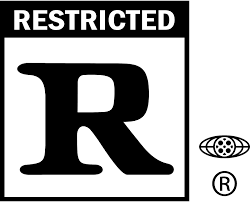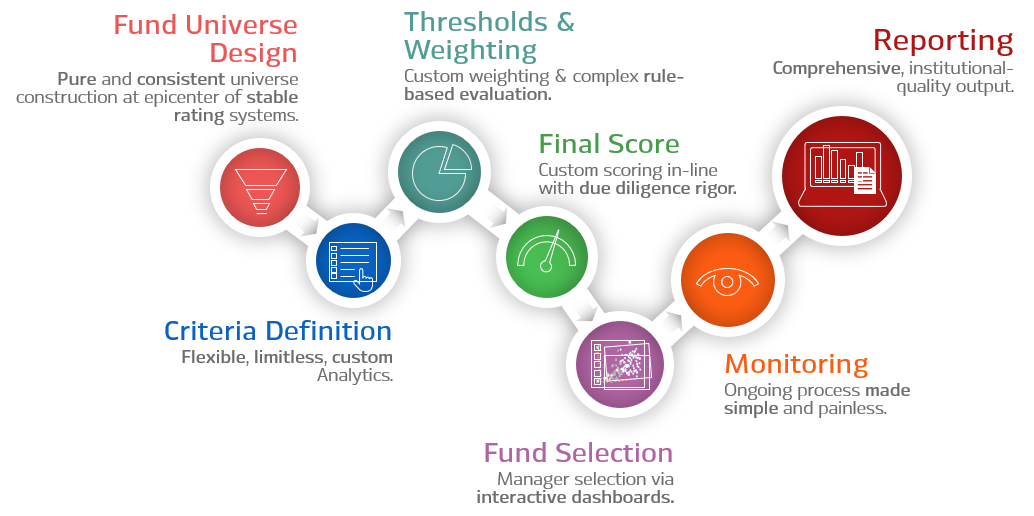What Does Rated R Mean: A Comprehensive Guide
In the realm of film classification, the term "Rated R" is often heard. But what does it really mean? In this article, we will delve into the meaning and significance of the Rated R rating, exploring its origins, criteria, and implications. By the end, you will have a clear understanding of what Rated R entails and how it impacts the audience and content creators.
1. Defining Rated R:

Defining Rated R
Rated R is a film rating category assigned by film classification boards to indicate that a movie contains content deemed suitable for mature audiences only. It stands for "Restricted," meaning that individuals under the age of 17 or 18 (depending on the country) must be accompanied by a parent or guardian to watch the film.
2. Rating Systems and Organizations:

Rating Systems and Organizations
Different countries have their own film rating systems and organizations responsible for classifying movies. For instance, the Motion Picture Association (MPA) in the United States administers the ratings, while the British Board of Film Classification (BBFC) oversees film classification in the United Kingdom. These organizations establish guidelines and criteria for assigning ratings to movies.
3. Criteria for Rated R:
The criteria for obtaining an R rating can vary slightly between rating systems, but common elements include explicit language, violence, sexual content, drug use, and adult themes. Movies that exceed the boundaries of a PG-13 rating but do not meet the criteria for an NC-17 rating (No One 17 and Under Admitted) often receive an R rating.
4. Comparing Ratings:
To understand the impact of Rated R, let's compare it with other common film ratings:
a. Rated PG-13: This rating indicates that some material may be inappropriate for children under 13. It allows mild profanity, limited violence, and suggestive content but restricts strong language, explicit sexual content, and intense violence.
b. Rated NC-17: Films with an NC-17 rating are considered explicit and are restricted to viewers aged 18 and above. These movies contain explicit sexual content or extreme violence that surpasses the limits of an R rating.
5. Box Office and Commercial Implications:
Receiving an R rating can affect a movie's commercial success. Some theaters are reluctant to screen movies with this rating due to potential limitations on the target audience. However, certain genres, such as horror or adult-oriented dramas, may benefit from the R rating, as it allows for a more unrestricted exploration of mature themes.
6. Creative Freedom and Artistic Expression:
Filmmakers often face the challenge of deciding whether to adjust their content to fit within a lower rating category or embrace the freedom provided by an R rating. While a lower rating may widen the potential audience, an R rating grants filmmakers the ability to portray their artistic vision authentically without compromising their intended message.
7. Cultural Variations in Film Ratings:
It is important to note that film ratings and their criteria can vary across cultures and countries. What may receive an R rating in one country could be classified differently in another, highlighting the influence of cultural norms and values on the classification process.
The Rated R rating serves as a crucial tool in guiding viewers and protecting younger audiences from potentially inappropriate content. By understanding the criteria and implications of this rating, both audiences and filmmakers can navigate the landscape of cinema more effectively. Whether it's pushing creative boundaries or providing mature storytelling, Rated R films play an essential role in the diverse world of filmmaking.